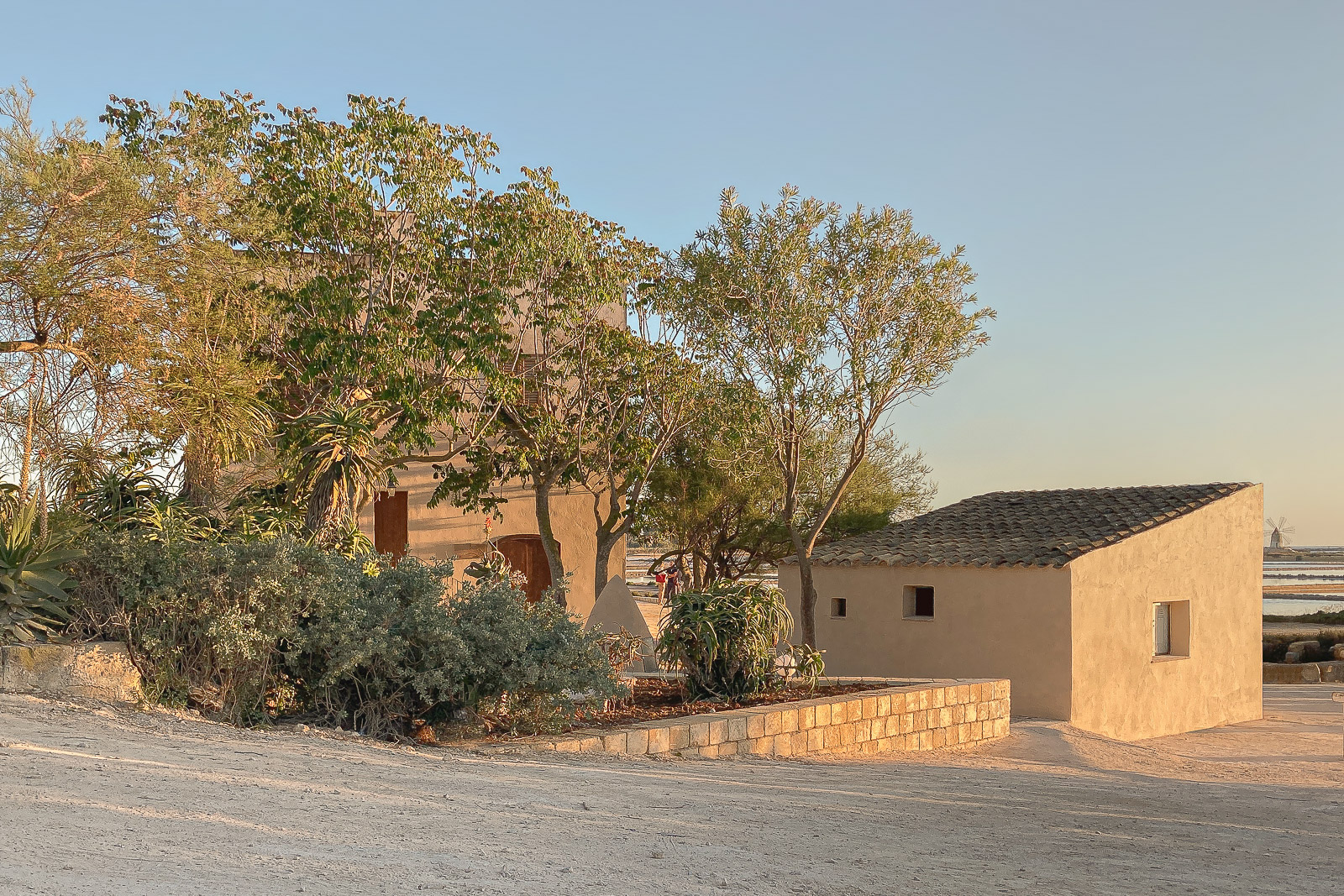
Interpretation
Antonino Cardillo
By freeing the captive and raising the treasure, a man gains possession of his soul’s treasures, which are not just “wishes”, i.e., images of something he has not got but would like to have, but possibilities, i.e., images of something he could have and ought to have. The task of the hero, which is to “awaken those sleeping images that can and must come forth from the night, in order to give the world a better face.” — Erich Neumann
In the early 1900s, the Encyclopaedia Britannica observed that the shape of the island of Sicily was comparable not to a triangle, but there must exist a ‘fourth side’: an area of coast facing west stretching between the cities of Trapani and Marsala. Five centuries earlier, Cristoforo Buondelmonti represented the island of Sicily with a succession of arches. Each arch, a convexity of water. Even the ‘fourth side’ of the triangle had its convexity dotted with small and large islands in the sunset, on the Laguna dello Stagnone. These ancient maps give the impression that the Earth deposited itself in the soul. Today, in the same place, a convexity describes a square overlooked by a small canal harbour: Mammacaura, an image of the Laguna from travellers of the past.
Our perception of places is not recorded in metrics. Places are happenings and the depths they inhabit are shown there. These signs do not correspond exactly to space and time, and, sometimes, the sign becomes a symbol. With the name Mammacaura, the salt workers refer to the sediment produced by the process of crystallisation of salt for evaporation in the sun, on the bottom of the basins of salt water of the Laguna dello Stagnone. Characterised by its adhesive properties, this name could reveal an unconscious psychic projection of the archetypal image of the terrible mother—a constant in the isle of Sicily—who imprisons the Being in a circle of immutability. This work of architecture does not reconstruct a possible past but interprets a place. A square‑exedra of 1,000 square metres represents the emersion of a latent content on the site: that of the ‘Great Mother’. Thus, a set of constructions of yellow calcarenite stone, methodologically derived by analogy of the anthropic ecosystem of the salt, realises a possible dialogue with the surrounding environment. Inside a cubical structure, the shape of a bar-counter has been modulated, covered in three pairs of slabs in pink granite and bright pink-crimson enamel on the rounded ends in the form of an arch. According to Giuseppe Pipitone—the decorator who painted the enamel in the room—this set of features “is like a queen in a castle.” Often architecture is the representation of Evil. Architecture is a paradox: it is constructed by the oppressed to celebrate the oppressors. Architecture does not create new things but makes senses and meanings of the ‘things’ of the world. Architecture, therefore, is an interpretation of the world. Liborio Perrone is 52 years old, the builder who made the stone part of this work of architecture. A salter from his youth, he has worked at the salt works of Ettore and Infersa and Isola Lunga. Descended from a generation of salt workers, Liborio Perrone is the same salt. What he knows, and what he does, derives from a phylogeny of constructions of the past. The origin of the salt works of Marsala and Trapani is unknown. A possible clue is the presence of the Phoenician island of Motya at the centre of the Laguna dello Stagnone. Maybe this phylogeny leads to ancient Egypt? Thus, with this anthropic past, the methodology of realising the design has been an investigation. The 90 days of work are shown in a journey of integration of archaic and unconscious contents. And, in his turn, the master-salter Liborio Perrone has become the interpreter of this work of architecture.
This text was first published in Casabella,[↗] no. 925, Milan, 3 Sept. 2021, p. 10.
References
- George Goudie Chisholm, Gatano Mosca, Thomas Ashby, ‘Sicily: note 1’,[↗] in The Encyclopædia Britannica, 11th ed., vol. XXV, Cambridge-New York, 1911, p. 20.
- Cristoforo Buondelmonti, ‘Sicilia latino nomine dicta de greco vocabulo Sichilia habita’,[↗] in Liber Insularum Arcipelagi, Bibliothèque Nationale de France, Paris, XVI Century, Fonds latin, Lat. 4823.
- Erich Neumann, ‘Uroboros’[↗] and ‘Die große Mutter’,[↗] in Ursprungsgeschichte des Bewusstseins, Zurich, 1949; It. ed., Storia delle Origini della Coscienza, Astrolabio, Rome, 1978, pp. 53, 90 and 210.
- Mark Kurlansky, ‘Fish, Fowl, and Pharaohs’,[↗] in Salt: A World History, Penguin Books, London, 2002; It. ed., Sale: una Biografia, Rizzoli, Milano, 2003, p. 49.
- Joseph Isaac Spadafora Whitaker, Motya, a Phoenician Colony in Sicily,[↗] G. Bell & Sons, London, 1921.
- Josephine Crawley Quinn, ‘Melqart’s Mediterranean’, in In Search of the Phoenicians,[↗] Princeton University Press, 2017, pp. 113-131.
Data
- Time: July–December 2020 (design), January–April 2021 (construction), May 2021 (photography), June–August 2021 (text)
- Place: Mamma Caura, Saline Ettore e Infersa, Laguna dello Stagnone, Marsala, Italy
- Area: 1.000 m² (two storeys)
- Typology: embarcation
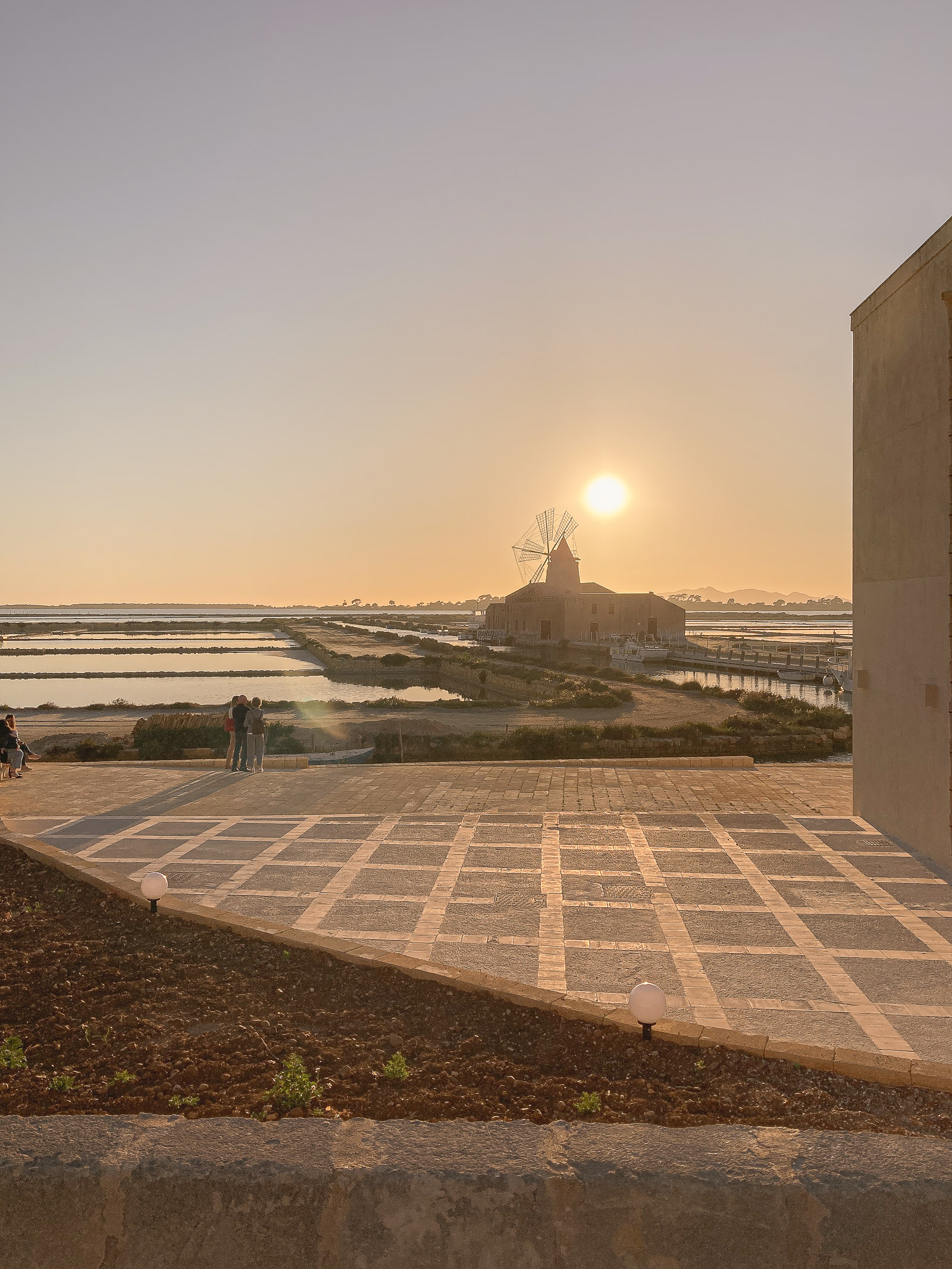
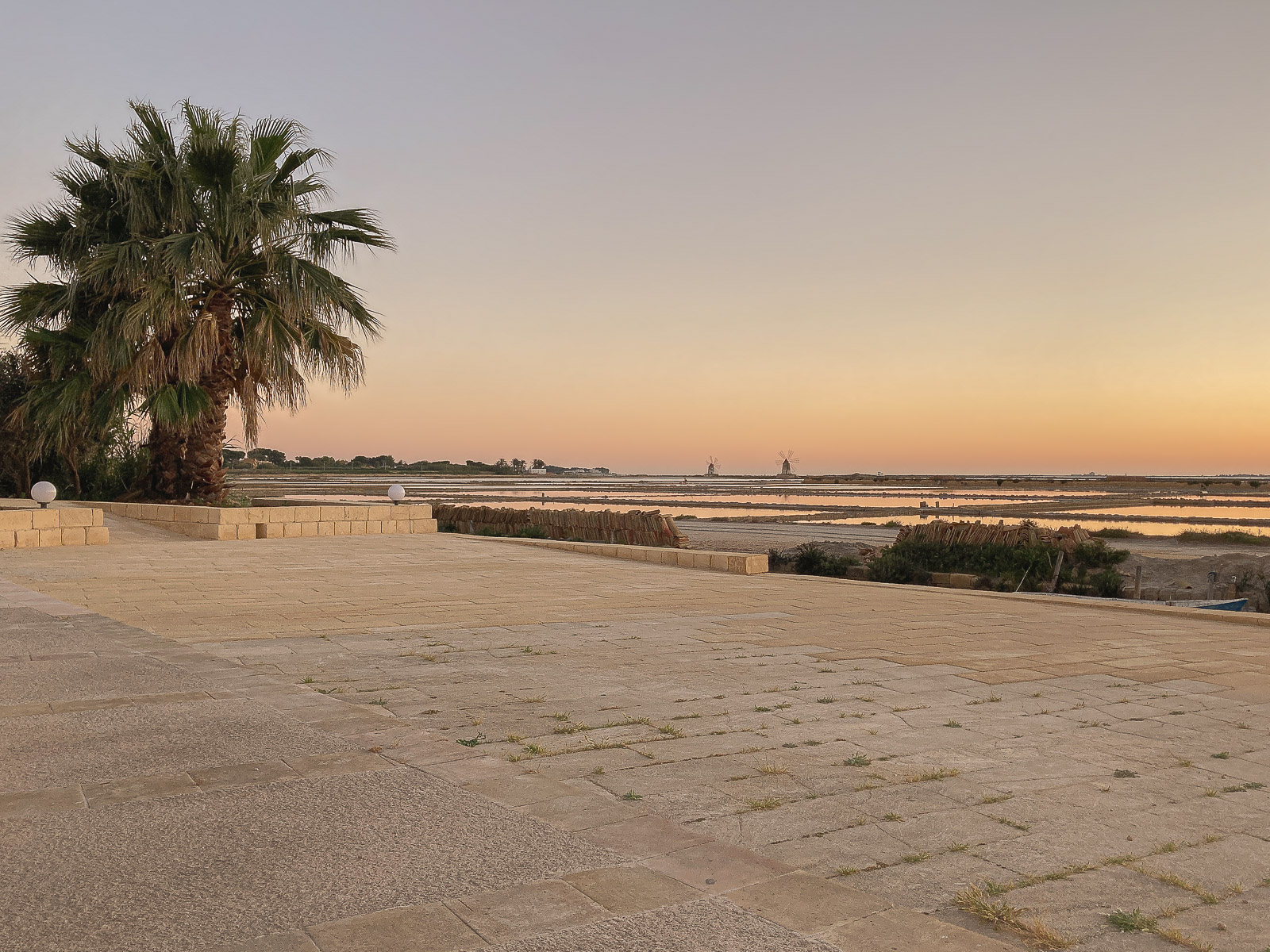
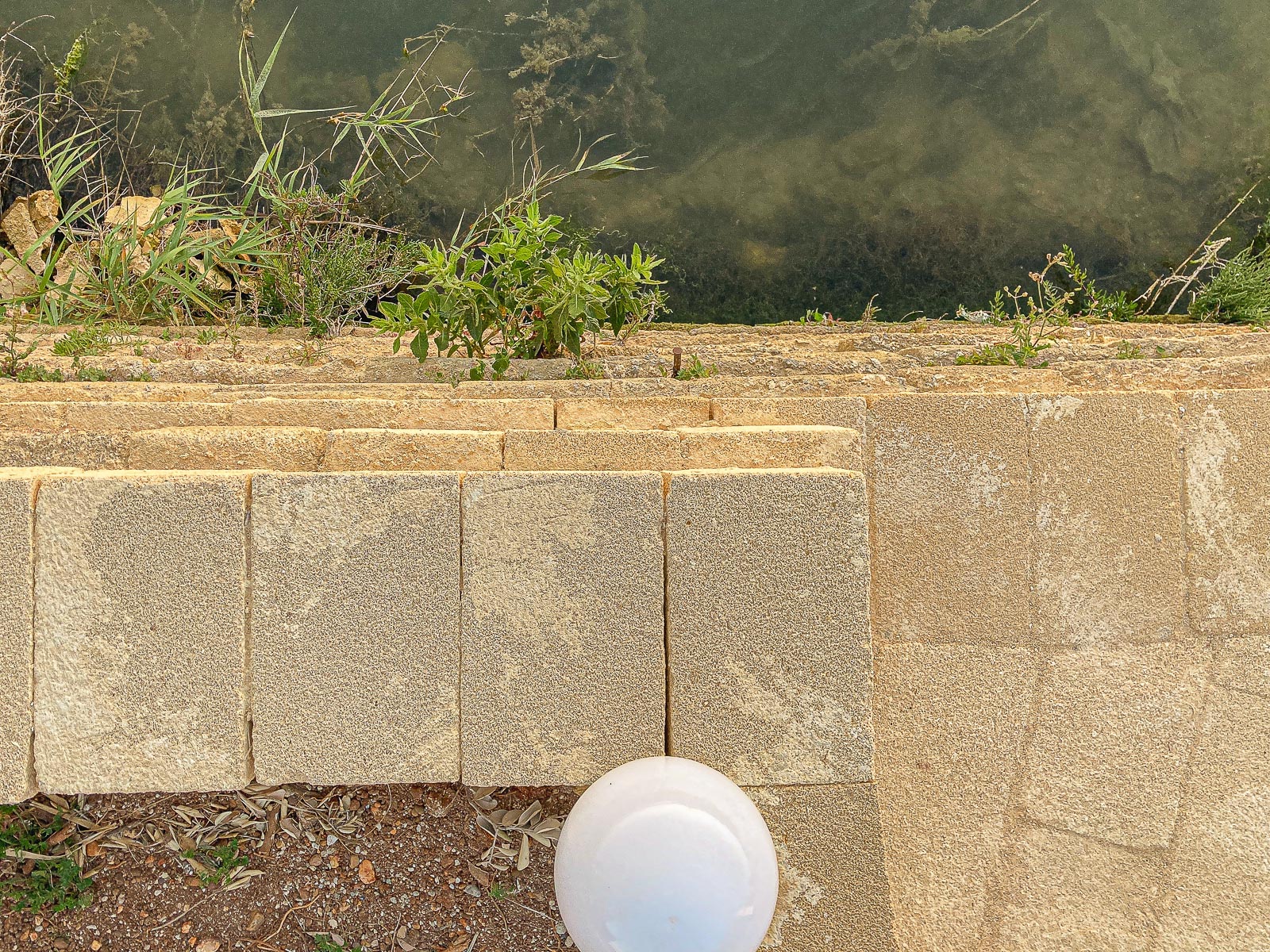
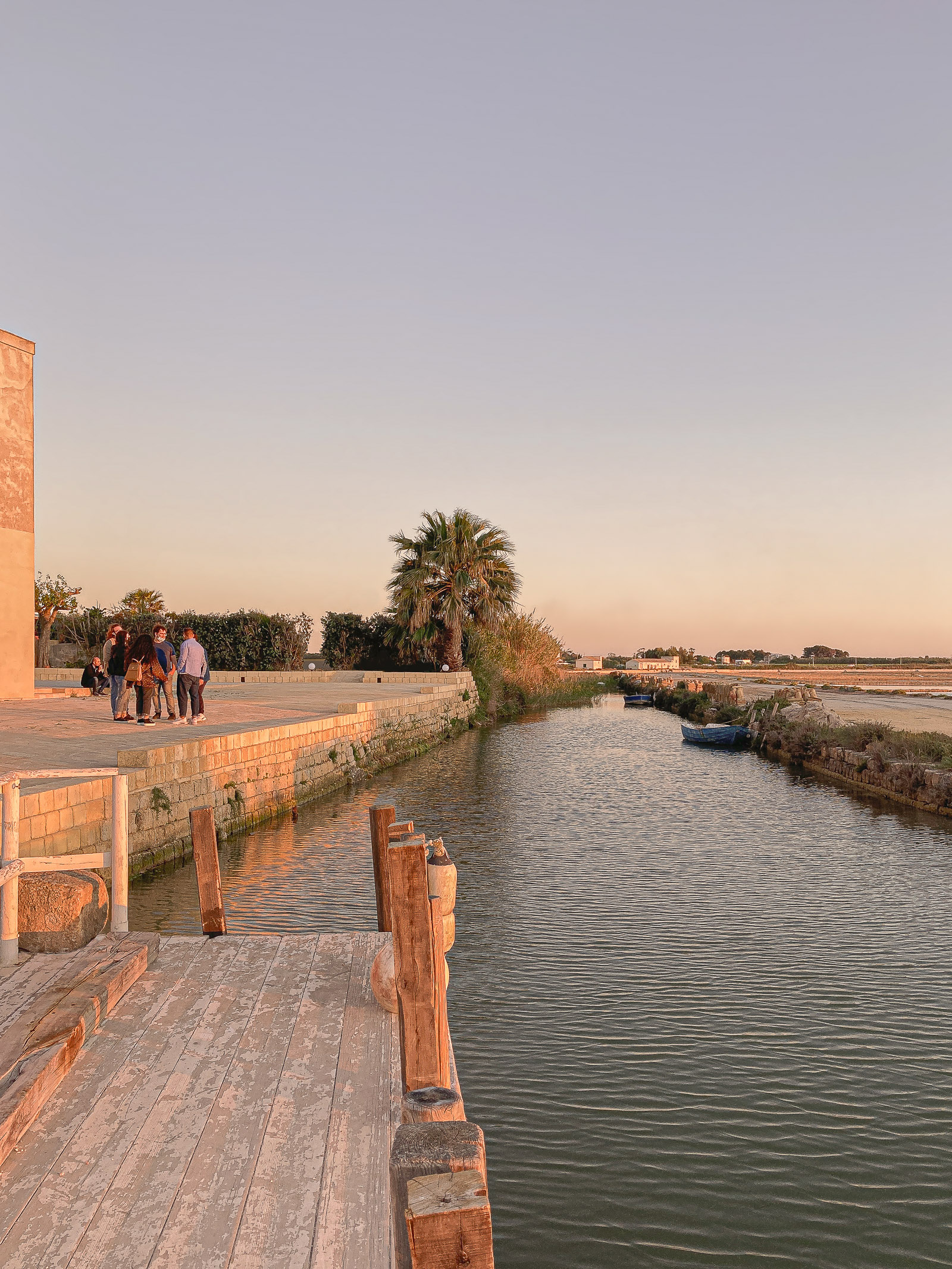
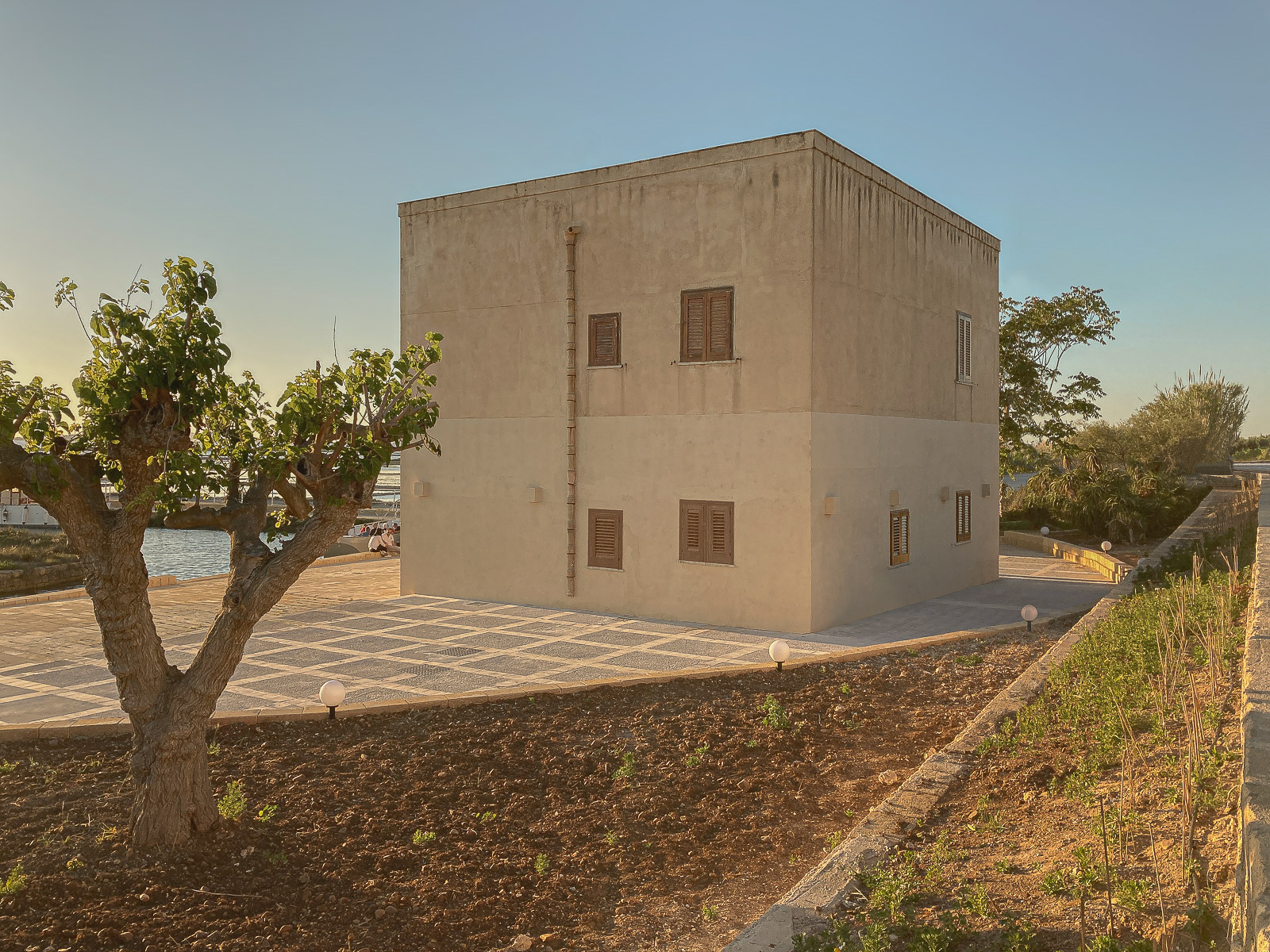
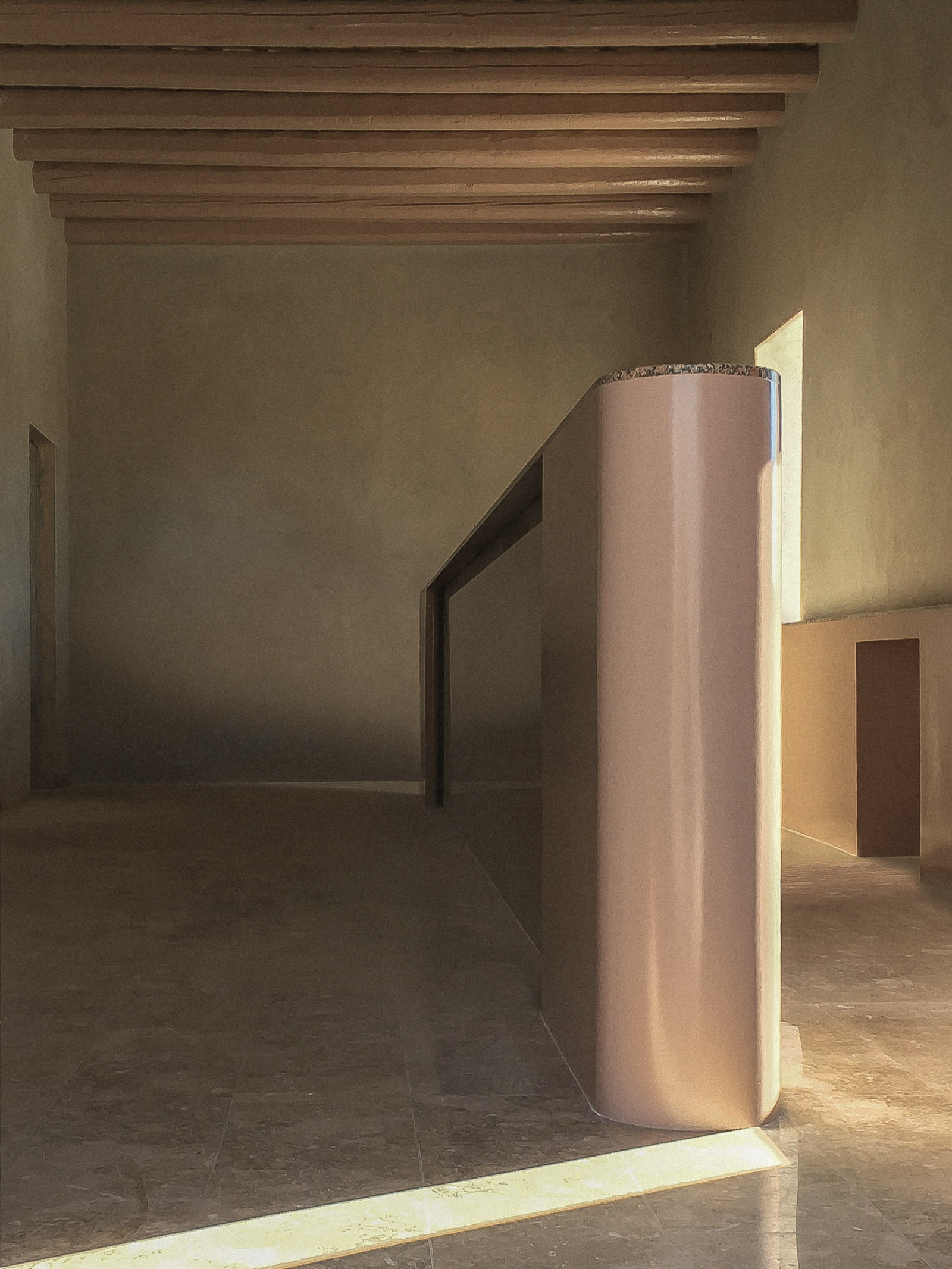
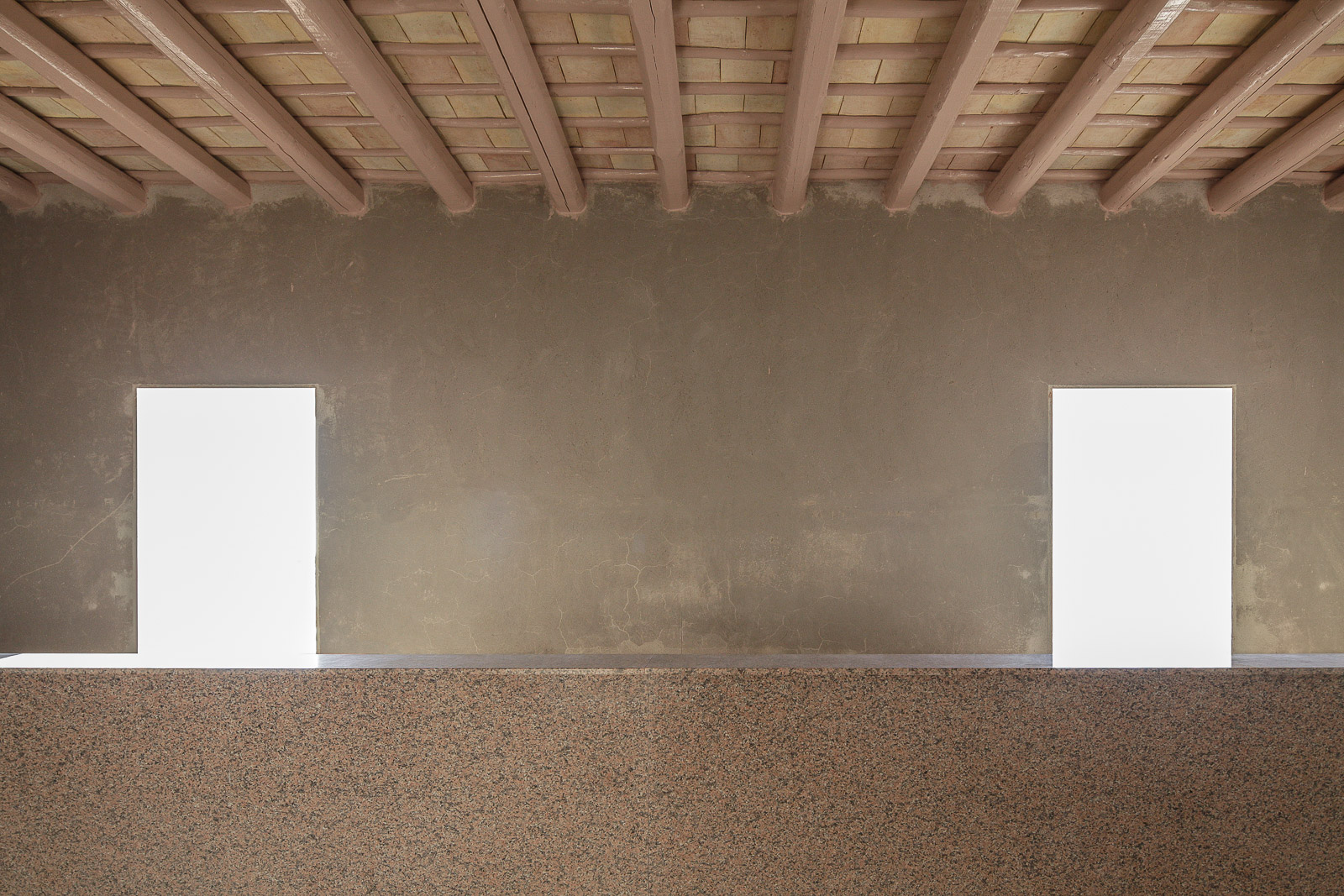
Credits
- Landscape, architecture, construction management: Antonino Cardillo
- Client: Saline Ettore e Infersa S.r.l.
- General contractor: VR Costruzioni Birgi Novi (director: Vito Russo)
- Exterior foreman: Liborio Perrone
- Interior foreman: Salvatore Pellegrino
- Earthwork: Francesco Pedone
- Masons: Francesco Angileri, Vito Pinto, Pietro Rondello, Vito Zeferino
- Painting: Lorenzo Buscarino, Salvatore Gangitano, Giuseppe Pipitone
- Electrical, plumber, clima systems: Giacomo Casano, Francesco Chirco, Claudio Donato
- Granite: Francesco Di Trapani
- Pavement polishing: Baldo Incandela
- Doors, windows painting: Giuseppe Ales
- Bar equipment project: Vito Pietroburgo
- Bar equipment production: Giacomo Sardo
- Bar counter design: Antonino Cardillo
- Photography, text: Antonino Cardillo
- Translation: Charles Searson
- Thanks to Elio Naso